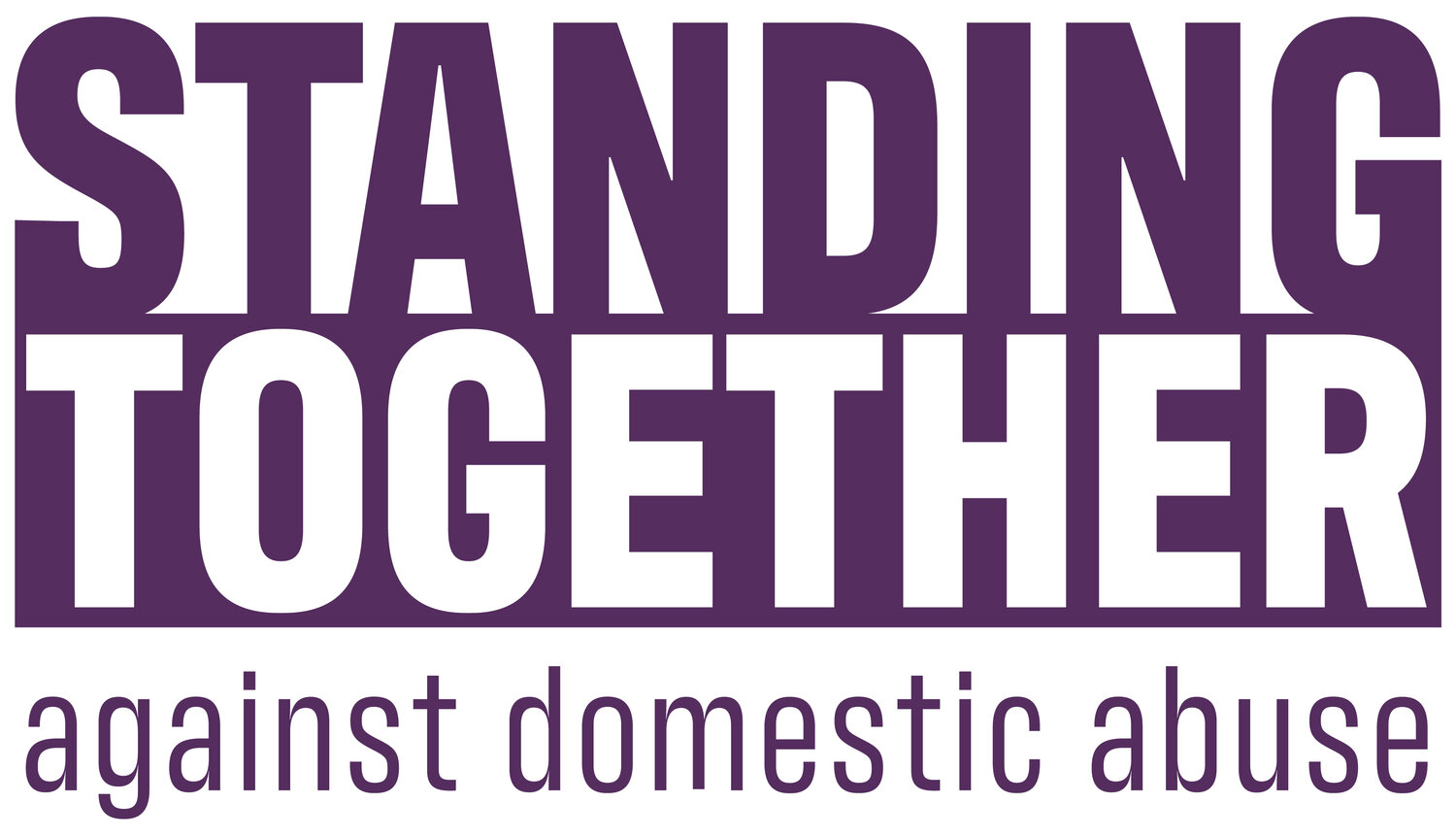Child and Young Survivors of Domestic Abuse: Trauma-Informed Guidance for Health Professionals
What this resource is
Child and Young Survivors of Domestic Abuse: A Trauma-Informed Approach for Health Professionals is a free, evidence-informed guide for anyone working directly with children and families, especially in health settings. It includes a framework for recognising signs, making safe enquiry, responding to disclosures and supporting recovery.
Who it’s for
Health professionals (primary, community, acute, MH, CAMHS), school/college health teams, Family/Young Futures Hubs, and multi-agency partners.
What’s inside
Effects of coercive-control-based domestic abuse on children and young people
Safe enquiry and trauma-informed response in clinical encounters
How to record, safety-plan and refer to specialist support
Promoting stabilisation, recovery and voice of children and young people
How this work was commissioned
As part of Crossing Pathways, a Home Office-funded project concluded earlier this year, STADA commissioned 30 services across England to close gaps and test innovations. We worked with Rising Sun to fund a Specialist Mental Health Worker for Children and Young People, providing advice, guidance and training to mental health staff and partners at the intersection of domestic abuse and CYP mental health.
STADA is proud to support this guidance and encourages professionals to use and share it so trauma-informed practice is embedded across health services.
Key statistics at a glance
Almost one third of children who die by suicide lived with domestic abuse (National Child Mortality Database, 2021).
Around half of CAMHS referrals involved children known to be living with domestic abuse (DAC, 2025, p.29)
Suggested next steps for teams
Share the animation in team briefings and inductions.
Add the guidance PDF to local safeguarding pages / clinical resources.
Build a short CPD session using the “recognise–enquire–respond–refer” flow.
Link to local IDVA/CYP specialist pathways and update referral scripts.
